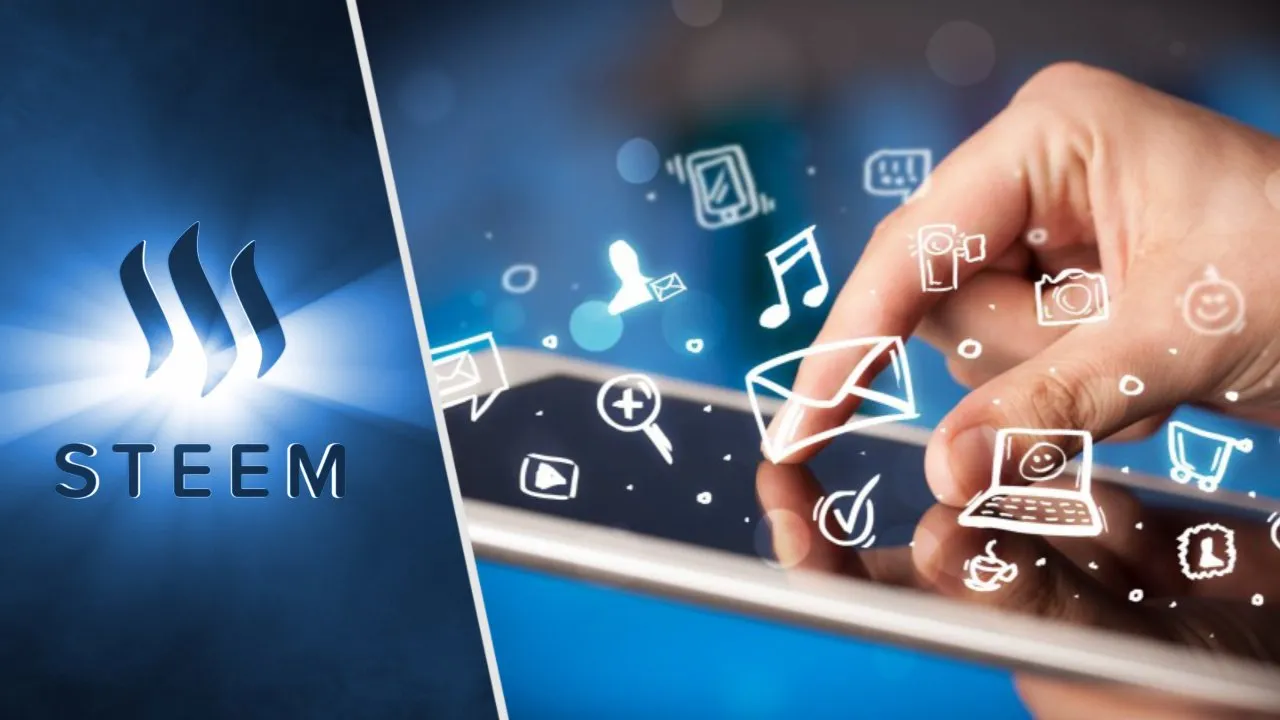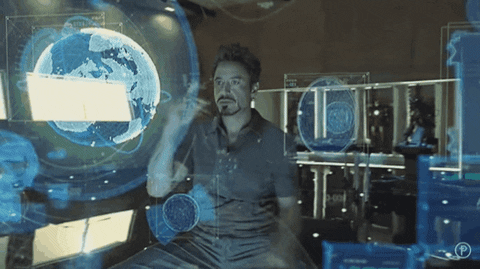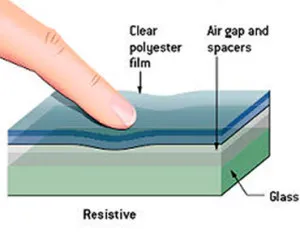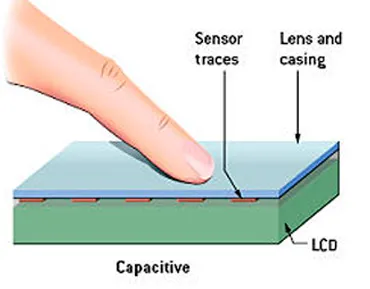
Technology is continuously getting better and better, and playing a bigger and bigger role in our lives.
One important aspect of technology that almost everyone takes for granted are Touchscreens!
Not too long ago, a touchscreen was something extraordinary and miraculous - and if you think about it, it is pretty revolutionary!
Our ancestors probably would have thought that there was magic involved when they saw that you could influence something on a screen just by touching it.
Today, countless things in our daily lives are controlled by touch screens - from the coffee machine we use in the morning, to the navigation system in our car when we go to work, of course almost all smartphones and tablets as well as many computers, but also things like vending machines, ATMs or self-checkout stations.
But there are a lot of differences when it comes to the technology and functionality of different touch screens.
As with everything in technology, touch screens have also gotten a lot more advanced and sensitive over time.

A method that had been used very frequently with touch screens a few years ago (and is partially still being used today) is called the "Resistive Touchscreen".
This technique involves 2 different layers of the touchscreen - It's usually a sheet of glass, topped with a layer of hard plastic material.
These two layers are then being covered with a thin coat of a metal compound that conducts electricity.
But the two layers are not simply stuck on top of each other. Tiny spacers, which are insulating, are placed in between to make sure that the touchscreen only gets a signal if you really touch it.
To activate the touchscreen feature, you'd have to press down on the first layer until it touches the second one.
This is the reason why you have to press very hard on most older touch screens, or those that are being used in public spaces - because these types of touchscreens are long-lasting and relatively cheap!
Once the two layers connect, the voltage at that exact point is being changed, and that's how a processor can know which position is being touched.

The other, more complex technology being used in smartphones, tablets and PCs is called "Capacitive Touchscreen".
Basically, those screens work with only one layer - glass, with an incredibly detailed grid of a conductive metal material.
The vertical lines of that grid are steadily transferring an electric current, while the horizontal lines are steadily observing this electric current.
And wherever the vertical and horizontal lines cross in the grid, there's an electrostatic field.
Since our fingers are conductive, that electrostatic field is being altered as soon as we touch the screen.
The grid lines are so tiny that the touch screen processor can know exactly where you put your finger on the screen. And you can even perform more complex tasks like touching with multiple fingers to zoom etc.
As you might have noticed from using your phone in the winter, these touch screens don't work with anything that's not conductive - so no gloves, for example.

Did you know about the complex technology behind touchscreens?!
Source for the TIL, Images: 1, 2, 3, 4
- Instagram -

© Sirwinchester